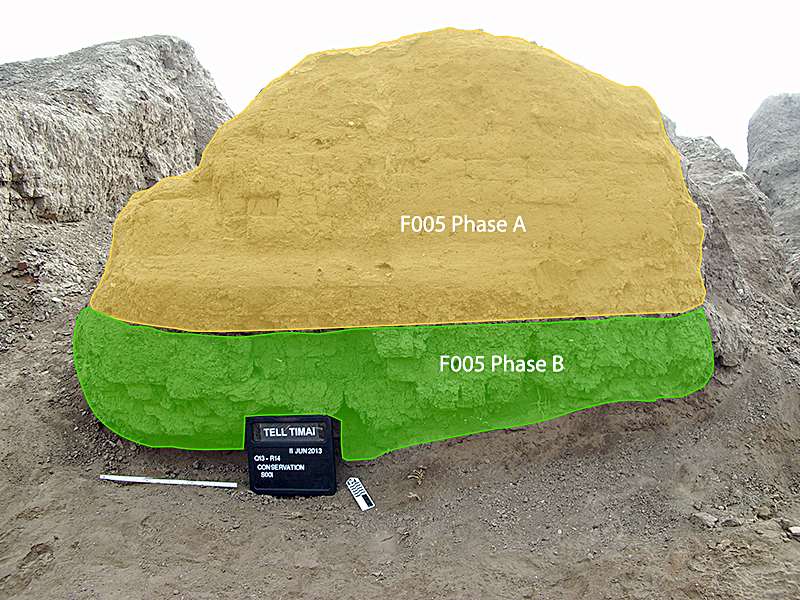AJA Open Access
January 2020 (124.1)
Article
Mudbricks, Construction Methods, and Stratigraphic Analysis: A Case Study at Tell Timai (Ancient Thmuis) in the Egyptian Delta
By Marta Lorenzon, Jessica L. Nitschke, Robert J. Littman, and Jay E. Silverstein
The Graeco-Roman site of Tell Timai (ancient Thmuis) in Lower Egypt is among the largest urban tells in the Nile Delta, boasting substantial amounts of preserved earthen architecture. Although earthen architecture made up the vast majority of public and domestic structures in ancient Egypt, it still does not receive the same analytical attention from archaeologists as other categories of evidence. This paper presents a case study for the archaeological investigation of the earthen architecture at Tell Timai. The goal was to develop a methodology that can be implemented in the field by excavators with little geoarchaeological training and limited laboratory access in order to generate useful data for determining building stratigraphy and studying construction processes. Through the close examination and sampling of three buildings of different periods and scales, we tested a new field methodology combining geoarchaeological techniques and mensiochronology. The results provide information useful for stratigraphy and phasing as well as for identifying specific patterns of mudbrick manufacturing, production, and construction during the Graeco-Roman period at Tell Timai.
